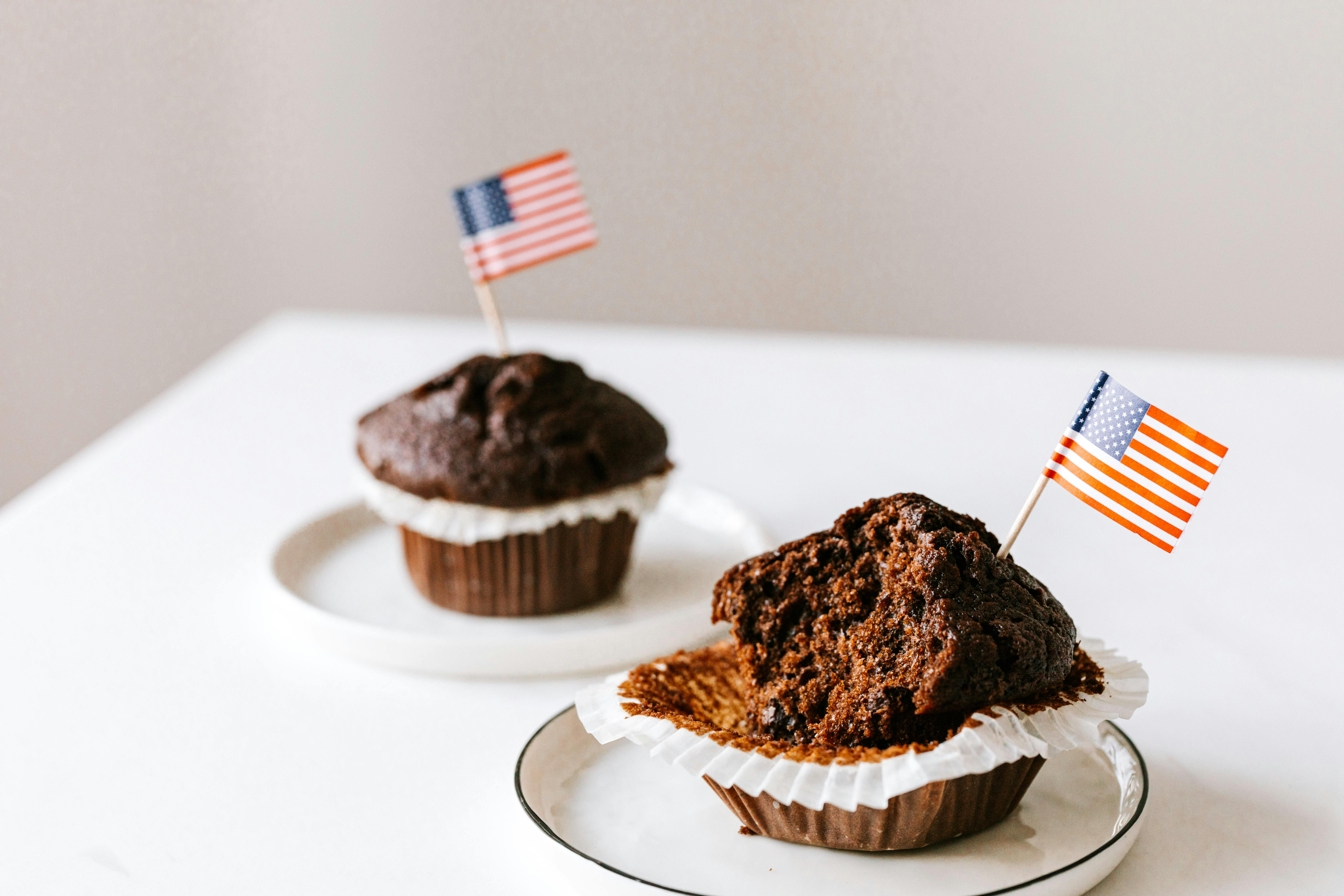
Genuine antique Victorian tiles, handcrafted and hand colored by 19th century artisans, were not mere installations but also works of art in both exterior and interior spaces. Geometric, floral, and mosaic patterns were all the rage, patterns that long outgrew their origins in the Victorian era of 1830 to 1901. Emerging from the Gothic Revival and Romantic movements, geometric motifs have been recreated throughout various periods of time. the history. Octagonal tiles began in Victorian floors in bathrooms, fireplaces, porches, and kitchens. Design trendsetters have continued to use squares, hexagons, octagons, triangles, and rectangles in newer hues, silhouettes, and finishes.
A very popular octagon tile design over time is the octagon and dot scheme. The classic Victorian pattern is also highly preferred by tile designers because it can appear understated or successful in its simplicity. This geometric style gets its name from the small point of a diamond formed by joining four diagonal sides, made to be small, of four separate octagons. Blue and white had been the chosen color palette, prompting the invention of new printing technology. It has reappeared as white octagons with black or white dots in contemporary residences today.
Art Nouveau during the Edwardian era then transformed geometric designs into natural tones and figures in which octagons and dots were embedded in floral motifs in classic English adodes. Colonial and heritage houses in the Americas absorbed Spanish Old World and geometric styles and again appeared in antebellum buildings in the New World. During the Roaring ’20s, they were dressed in warm earthy colors to complement traditional hardwood trim, while in the ’30s they were given classic Hollywood chrome, metal, and shinier surfaces along with sunburst designs. These decades gave rise to the art deco movement, which remains a major champion of geometric patterns.
Although octagonal tiles took a break in the ’40s and ’50s, they made a resurgence in orange and lime-green bathrooms and showers in the ’70s. the 1980s and remain today in restored Victorian, Colonial, Antique, Retro and Contemporary abodes. From big names in ceramic tile like American Olean, Roto Zip, Pergo and HR Johnson came surfaces like matte, glass, encaustic, stone, textured, mosaic, satin and gloss. Octagonal and dot tiles are now constructed using materials such as travertine, slate, vitrified clay, stone, terracotta, quarry, granite, sandstone, porcelain, ceramic, limestone, glass, and marble.


